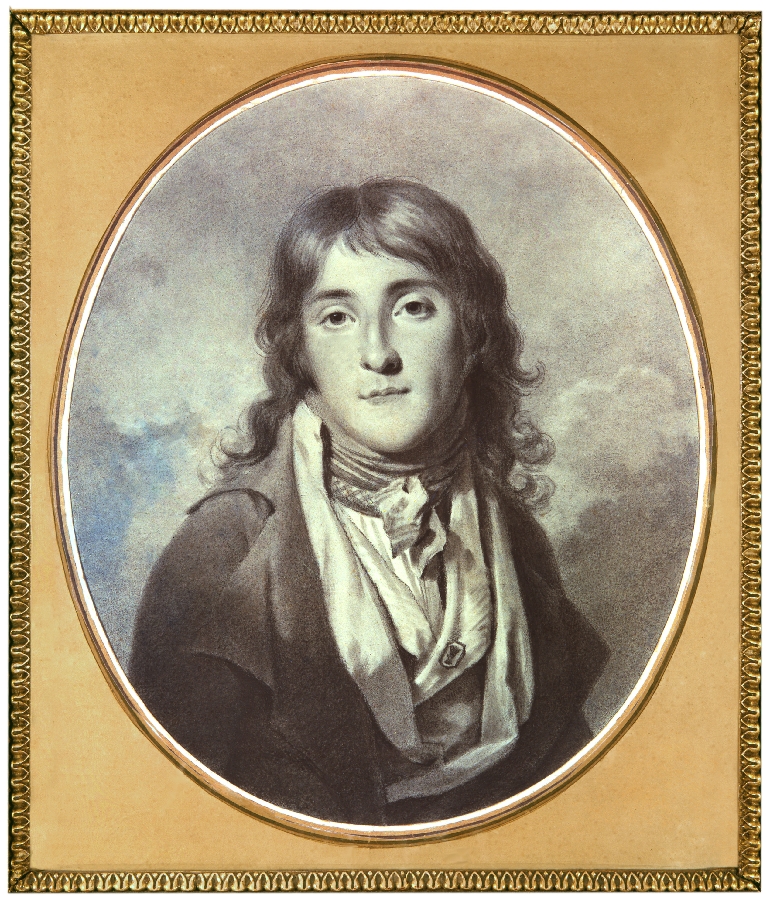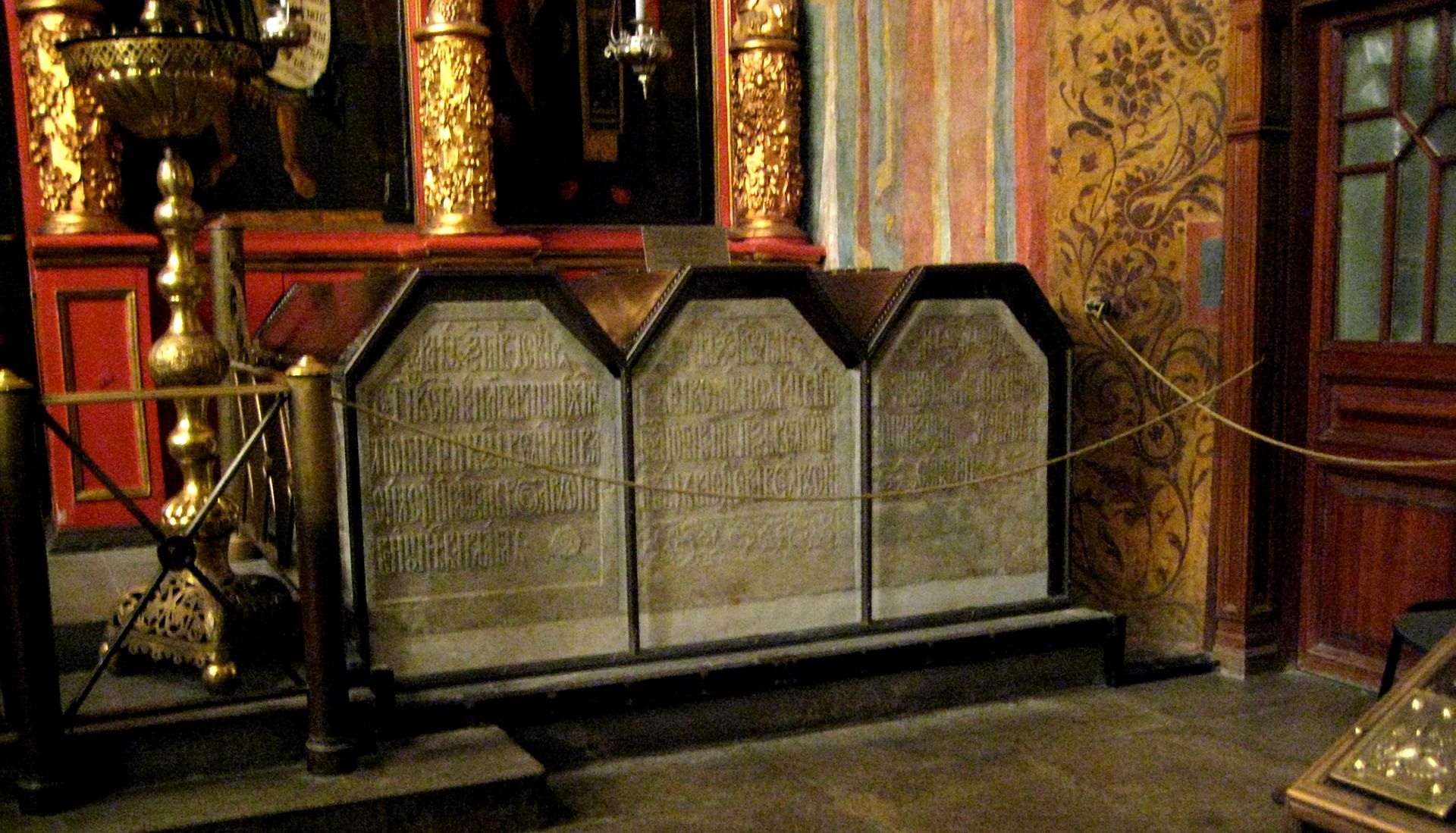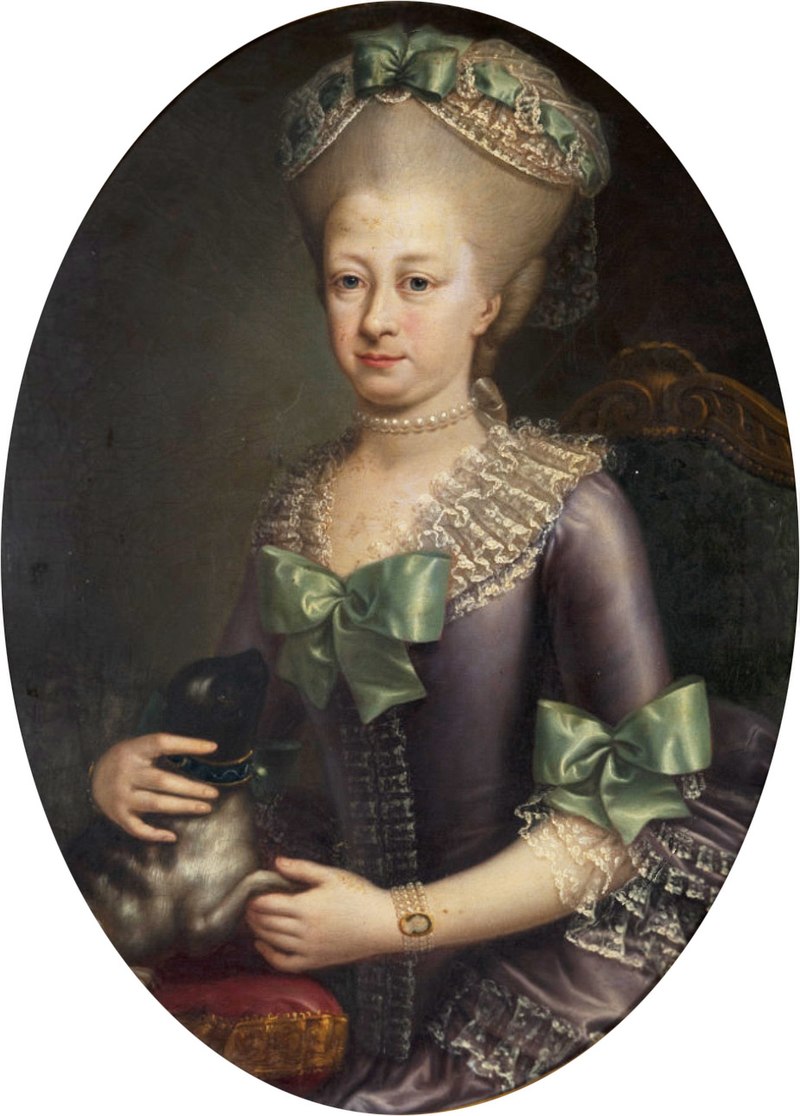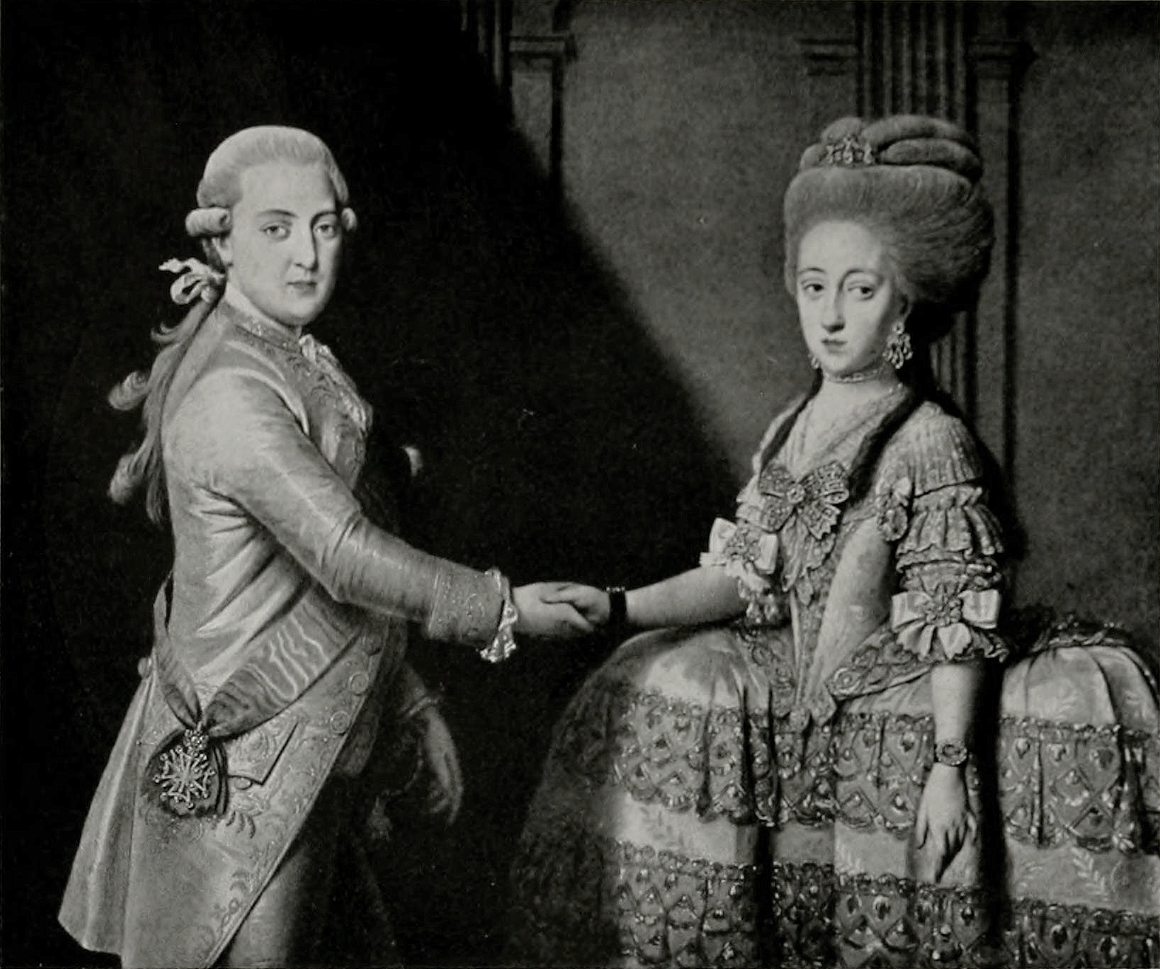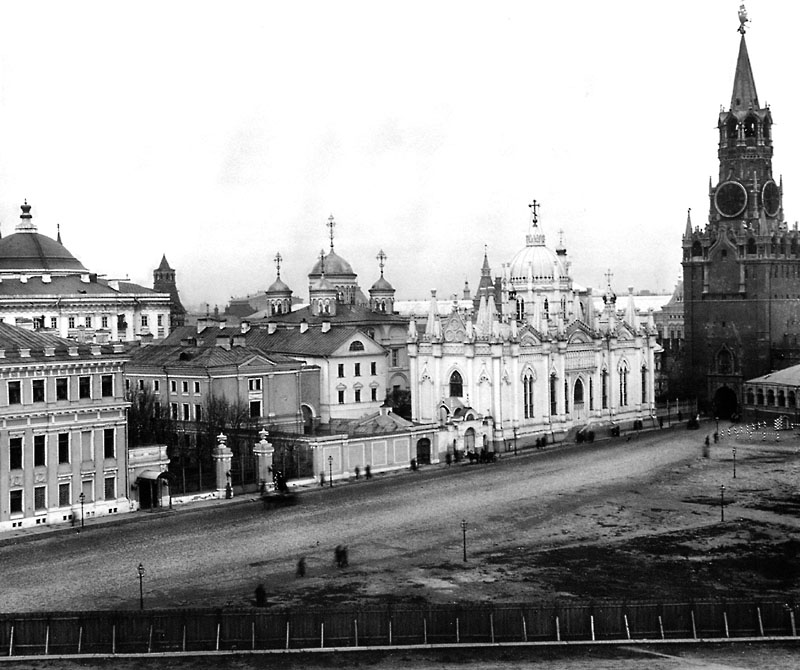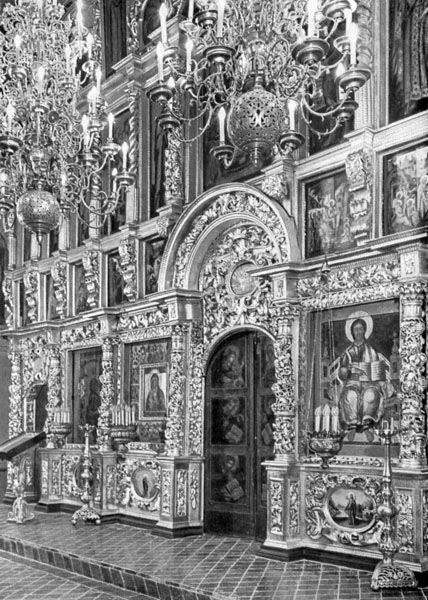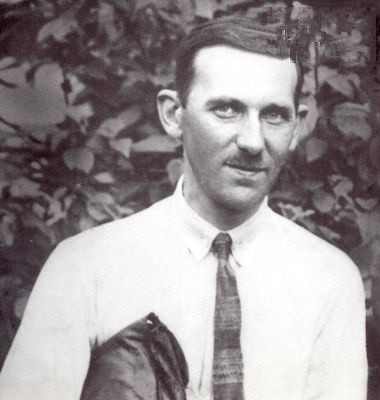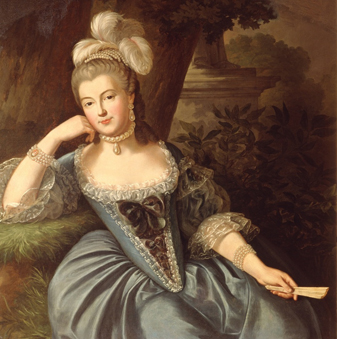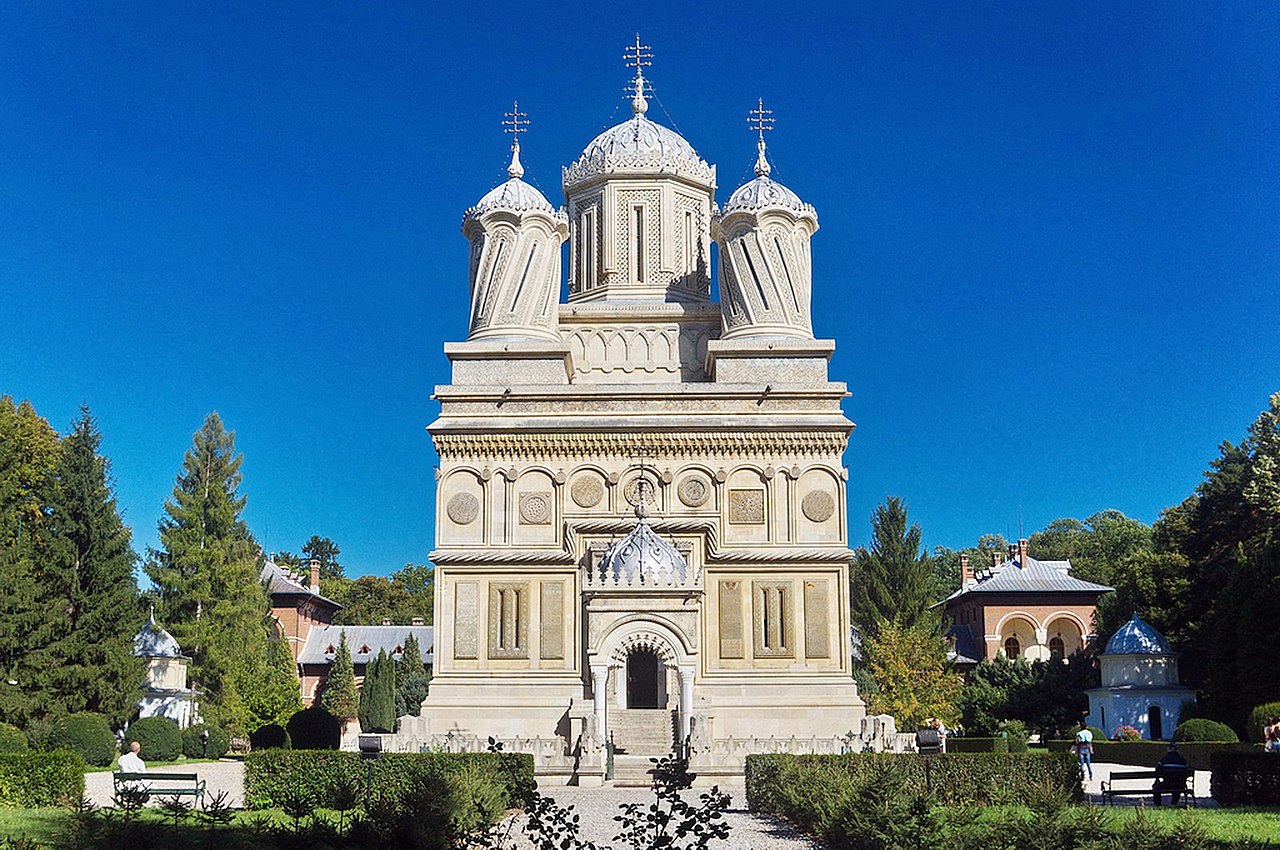by Susan Flantzer
© Unofficial Royalty 2022

Assumption Cathedral in the Moscow Kremlin; Credit – By Petar Milošević – Transferred from sr.wikipedia; transferred to Commons by User:PetarM using CommonsHelper., CC BY-SA 3.0, https://commons.wikimedia.org/w/index.php?curid=12820131
The coronation cathedral of Russian rulers, the Assumption Cathedral, also known as the Dormition Cathedral and Uspensky Cathedral in Russian, is a Russian Orthodox church dedicated to the Dormition of the Mother of God, the Orthodox feast celebrated on August 15, of the “falling asleep” (death) of Mary the Theotokos (Mother of God, literally translated as God-Bearer), and her being taken bodily up into heaven (Assumption of Mary in the Roman Catholic religion). The cathedral is located in the Moscow Kremlin in Moscow, Russia. The Moscow Kremlin is a fortified complex founded by the Rurik dynasty in the late 15th century. It includes five palaces, four cathedrals, and the enclosing Kremlin Wall. Before the founding of St. Petersburg by Peter I (the Great), Emperor of All Russia in 1703, the Moscow Kremlin was the seat of power for the Rurik and early Romanov rulers of Russia. The Moscow Kremlin now serves as the official residence of the President of the Russian Federation.
Since 1382, Assumption Cathedral has been the burial site of most Metropolitans of Moscow (similar to an archbishop) and Patriarchs of the Russian Orthodox Church, the head of the Russian Old-Orthodox Church. Assumption Cathedral was the site of the coronations of the sovereign Tsars, Emperors, and Empresses of Russia, and some consorts from 1547 to 1896.
********************
History of the Assumption Cathedral
Worshippers at the Assumption Cathedral in the mid-19th century
A wooden church was built on the site in the 12th century and was replaced by a limestone church around 1326. In the 14th century, (Saint) Peter, Metropolitan of Kyiv and All Rus persuaded Ivan I Kalita, Grand Prince of Moscow to build a cathedral to the Theotokos (Blessed Virgin Mary) in the Moscow Kremlin. Construction of the cathedral began on August 4, 1326, and the cathedral was finished and consecrated on August 4, 1327.
However, by the end of the 15th century, the Assumption Cathedral had deteriorated and it was suggested that a new cathedral should be built. The design and the construction of the new cathedral were entrusted to Moscow architects Ivan Myschkin and <unknown first name > Kriwzow. Construction began in April 1472 but two years later, in May 1474, when the new Assumption Cathedral was nearly completed, it collapsed due to an earthquake.
Following the disaster, Ivan III, Grand Prince of Moscow decided to give Aristotele Fioravanti, a renowned architect and engineer from Bologna, then part of the Papal States, now in Italy, the task of designing the cathedral in the traditions of Russian architecture and supervising the construction. Aristotele Fioravanti made a careful study of Russian architecture and then designed a light and spacious masterpiece that combined the spirit of the Renaissance with Russian traditions. Construction began in 1475, and in 1479, the new Assumption Cathedral was consecrated.
In 1918, after the Russian Revolution, the Assumption Cathedral and the other churches in the Kremlin were closed as houses of worship. The new Bolshevik government moved its headquarters from St. Petersburg to the Moscow Kremlin. The Assumption Cathedral was converted into a museum. The museum staff made every effort to retain the interior. During restoration work, almost all the original paintings of the icons and murals were uncovered from under the later paintings. With the end of the Soviet Union in 1991, the Assumption Cathedral once again became a Russian Orthodox church.
********************
The Exterior and Interior of the Assumption Cathedral

Assumption Cathedral; Credit – By Don-vip – Own work, CC BY-SA 4.0, https://commons.wikimedia.org/w/index.php?curid=83068810
Italian architect Aristotele Fioravanti followed the style of the 1160 Assumption Cathedral in the city of Vladimir and designed the Assumption Cathedral in the style of a traditional Russian cross-domed church, with five domes representing Jesus Christ and the Four Evangelists, Mathew, Mark, Luke, and John.

Exterior frescoes; By Skif-Kerch – Own work, CC BY-SA 4.0, https://commons.wikimedia.org/w/index.php?curid=62603284
The Renaissance-style exterior has white-stone walls, columned friezes, and semicircles of blind arches. Fresco paintings in the upper part of the walls in semicircular vaults depict the Virgin Mary, Archangels Michael and Gabriel, and saints.
Fioravanti’s architectural originality was more visible in the interior. All the areas of the cathedral were larger than in the past. Pillars were placed further apart which created an impression of an immense palatial room. People of the time were astonished by the cathedral’s “unusual majesty and height, luminosity and spaciousness”.
Orthodox churches are set up differently than other Christian churches. They are divided into three main parts: the narthex, the nave, and the sanctuary. The narthex is the connection between the church and the outside world. It used to be the practice that non-Orthodox people had to remain in the narthex but this practice has mostly fallen into disuse. The congregation stands in the nave during services. Traditionally there is no sitting during Orthodox services and so Orthodox churches usually do not have pews or chairs. In Orthodox Christianity, an iconostasis is a wall of icons and religious paintings that divides the sanctuary from the nave. The sanctuary behind the Royal Doors is where the Eucharist or Divine Liturgy is performed, behind the iconostasis. Only priests and servers may enter through the Royal Doors.

Frescoes in the interior of the Assumption Cathedral; Credit – By Shakko – Own work, CC BY-SA 4.0, https://commons.wikimedia.org/w/index.php?curid=86775440
The interior of the Assumption Cathedral is richly decorated with fresco paintings from 1642 -1643 and the huge, magnificent 53 feet/16-meter iconostasis of 1653.
Looking toward the iconostasis of the Assumption Cathedral
Originally, a three-tiered iconostasis, the Assumption Cathedral’s iconostasis gained two additional tiers in 1626 and 1653 – 1654.

Part of the iconostasis; Credit – Von Schoschi, CC BY-SA 3.0, https://commons.wikimedia.org/w/index.php?curid=14625675
In addition to its religious function, the Assumption Cathedral iconostasis also served as a sort of trophy wall. The Russian rulers would add the most important icons from cities they had conquered to the iconostasis. The Mother of God, the Archangel Gabriel, and the Four Evangelists are depicted on the Royal Doors of the Assumption Cathedral.
The Royal Doors; Credit – By shakko – Own work, CC BY-SA 3.0, https://commons.wikimedia.org/w/index.php?curid=7078552
********************
Coronations at Assumption Cathedral

Anointing of Alexander II, Emperor of All Russia in front of the iconostasis and the Royal Doors by Vasili Fedorovich Timm, 1856; Credit – Wikipedia
The seat of the Grand Princes of Moscow from the Rurik dynasty was in the Moscow Kremlin. It was therefore obvious that the Tsars of the Tsardom of Russia which followed the Grand Principality of Moscow and then the Emperors of the Russian Empire would have themselves crowned there. In addition to the Tsars, all the crowned Emperors and Empresses from Catherine I to Nicholas II were anointed and crowned in the Assumption Cathedral in the Moscow Kremlin. Many of the wives of the Tsars and Emperors were crowned at the same time as their husbands.

Coronation of Nicholas II, Emperor of All Russia Laurits Tuxen; Credit – Wikipedia
The Russian coronation emphasized that the secular ruler of Russia was closely connected with the Russian Orthodox Church. No layperson was ever permitted to pass through the Royal Doors, however, during the Russian rulers’ coronation, they were permitted to do so. They received both parts of Communion (bread and wine) in the sanctuary behind the Royal Doors of the iconostasis. The Russian rulers used their hands to take the bread and the chalice of wine, symbolizing their spiritual equality among Russia’s clergy just this once in their lives.
When Peter I (the Great) moved the seat of power from Moscow to his new city St. Petersburg, the coronations continued to take place at the Assumption Cathedral. Moscow remained the spiritual center of Russia, and tradition required that coronations continue to be held there.
Coronations held at the Assumption Cathedral:
- January 16, 1547 – Ivan IV (the Terrible), Grand Prince of Moscow (1533 – 1547), Tsar of All Russia (1547 – 1575), wives uncrowned
- May 31, 1584 – Feodor I, Tsar of All Russia, wife uncrowned
- February 21, 1598 – Boris Godunov, Tsar of All Russia, wives uncrowned
- July 21, 1605 – Dmitriy I the False, Tsar of All Russia, unmarried at the time of his coronation
- May 8, 1606 – Marina Mniszech, Tsaritsa of All Russia, wife of Dmitriy I the False, Tsar of All Russia,
- July 22, 1613 – Michael I, Tsar of All Russia, the first ruler of the House of Romanov, wives uncrowned
- September 28, 1645 – Alexei I, Tsar of All of Russia, wives uncrowned
- June 18, 1676 – Feodor III, Tsar of All Russia, wives uncrowned
- June 25, 1682 – Peter I (the Great), Tsar of All Russia (1682 – 1721), Emperor of All Russia (1721 – 1725), jointly reigned with his half-brother Ivan V, Tsar of All Russia from 1682 until Ivan’s death in 1696, first wife uncrowned, second wife Catherine I crowned in 1724 as Peter’s co-ruler
- June 25, 1682 – Ivan V, Tsar of All Russia, jointly reigned with his half-brother Peter I, Tsar of All Russia from 1682 until Ivan’s death in 1696, wives uncrowned
- May 7, 1724 – Catherine I, Empress of All Russia, second wife of Peter I, crowned as his co-ruler, reigned alone after his death without remarrying
- February 25, 1728 – Peter II, Emperor of All Russia, unmarried
- April 28, 1730 – Anna I, Empress of All Russia, unmarried
- March 6, 1742 – Elizabeth I, Empress of All Russia, unmarried
- September 22, 1762 – Catherine II (the Great), Empress of All Russia, born Sophie of Anhalt-Zerbst, no consort
- April 5, 1797 – Paul I, Emperor of All Russia, his second wife Maria Feodorovna, Empress of All Russia (born Sophie Dorothea of Württemberg) was crowned with him
- September 15, 1801 – Alexander I, Emperor of All Russia, his wife Elizabeth Alexeievna, Empress of All Russia (born Louise of Baden) was crowned with him
- September 3, 1826 – Nicholas I, Emperor of All Russia, his wife Alexandra Feodorovna, Empress of All Russia (born Charlotte of Prussia) was crowned with him
- September 7, 1856 – Alexander II, Emperor of All Russia, his wife Maria Alexandrovna, Empress of All Russia (born Marie of Hesse and by Rhine) was crowned with him
- May 15, 1883 – Alexander III, Emperor of All Russia, his wife Maria Feodorovna, Empress of All Russia (born Dagmar of Denmark) was crowned with him
- May 26, 1896 –Nicholas II, Emperor of All Russia, his wife Alexandra Feodorovna, Empress of All Russia (born Alix of Hesse and by Rhine) was crowned with him
This article is the intellectual property of Unofficial Royalty and is NOT TO BE COPIED, EDITED, OR POSTED IN ANY FORM ON ANOTHER WEBSITE under any circumstances. It is permissible to use a link that directs to Unofficial Royalty.
********************
Works Cited
- Assumption-cathedral.kreml.ru. 2022. Museums of the Moscow Kremlin: ASSUMPTION CATHEDRAL. [online] Available at: <https://assumption-cathedral.kreml.ru/en-Us/museum-assumption-cathedral/> [Accessed 2 April 2022].
- De.wikipedia.org. 2022. Krönung der russischen Zaren und Kaiser – Wikipedia. [online] Available at: <https://de.wikipedia.org/wiki/Kr%C3%B6nung_der_russischen_Zaren_und_Kaiser> [Accessed 2 April 2022].
- De.wikipedia.org. 2022. Mariä-Entschlafens-Kathedrale (Moskau) – Wikipedia. [online] Available at: <https://de.wikipedia.org/wiki/Mari%C3%A4-Entschlafens-Kathedrale_(Moskau)> [Accessed 2 April 2022].
- En.wikipedia.org. 2022. Coronation of the Russian monarch – Wikipedia. [online] Available at: <https://en.wikipedia.org/wiki/Coronation_of_the_Russian_monarch> [Accessed 2 April 2022].
- En.wikipedia.org. 2022. Dormition Cathedral, Moscow – Wikipedia. [online] Available at: <https://en.wikipedia.org/wiki/Dormition_Cathedral,_Moscow> [Accessed 2 April 2022].
- Jenkins, Simon, 2021. Europe’s 100 Best Cathedrals. Dublin: Penguin Random House.
- Ru.wikipedia.org. 2022. Успенский собор (Московский Кремль) — Википедия. [online] Available at: <https://ru.wikipedia.org/wiki/%D0%A3%D1%81%D0%BF%D0%B5%D0%BD%D1%81%D0%BA%D0%B8%D0%B9_%D1%81%D0%BE%D0%B1%D0%BE%D1%80_(%D0%9C%D0%BE%D1%81%D0%BA%D0%BE%D0%B2%D1%81%D0%BA%D0%B8%D0%B9_%D0%9A%D1%80%D0%B5%D0%BC%D0%BB%D1%8C)> [Accessed 2 April 2022].
- Православие.RU. 2022. Crowned, anointed, and communed as clergy: On the coronations of Russian empresses regnant. [online] Available at: <https://www.pravoslavie.ru/80559.html> [Accessed 2 April 2022].



